Any survey of the 20th century’s most memorable images would be lacking without a mention of Richard Avedon, often praised as a pioneer of fashion photography and an icon in his own right. Capturing everything from Old Hollywood stars like Audrey Hepburn or Marilyn Monroe to his father’s struggle with cancer, he blurred the boundaries between genres and helped shape visual culture as we know it in the process.
To mark the centennial of his birth, a new exhibition at Gagosian Gallery, Avedon 100, celebrates the photographer through an assortment of over 150 pictures, each selected by different fashion designers, musicians, curators, and other distinguished creatives. The gallery is also releasing a book of the same name, featuring some never-before-seen photos alongside guest essays, participant statements, and other behind-the-scenes glimpses of Richard in his element. Divided into seventeen sections, the book highlights the vastness of his oeuvre, including his advertising work, studio portraiture, and his famous In the American West series.
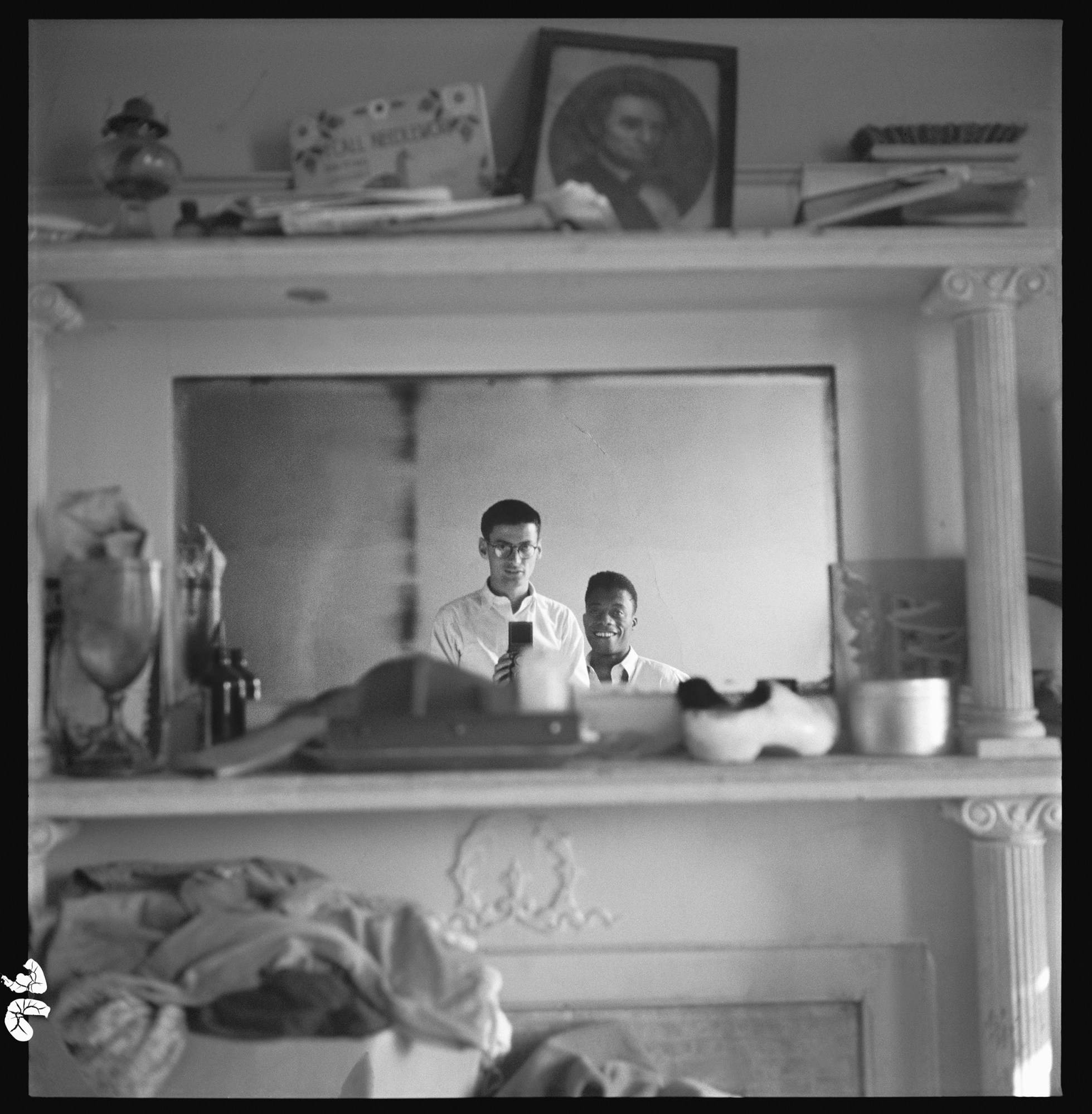
Avedon 100 also offers a rare snapshot of who Richard was as a photographer and person, with a few images dating back to the beginning of his over 50-something-year career. Even in his earliest photos, we still see a sense of immediacy and straightforwardness, reflecting his desire to document the world for what it truly was, not only what it looked like. There’s a timeless quality to his pictures, too, like the one of him and author James Baldwin nestled in front of a mirror in 1946. Modern enough to seem like a selfie, photographer Tyler Mitchell explains why he chose the photo in the book, noting how it demonstrates the “many intimacies of a deeply collaborative friendship between two artists.”
“Oftentimes we are presented with images of Avedon and Baldwin in staged scenarios that position them as titans,” Tyler says. “And while they are titans, I love how purely unguarded this moment is. It’s a moment of closeness and of reflection. It reminds me of the capacity to remain human throughout the process of making, growing, creating, and evolving.”
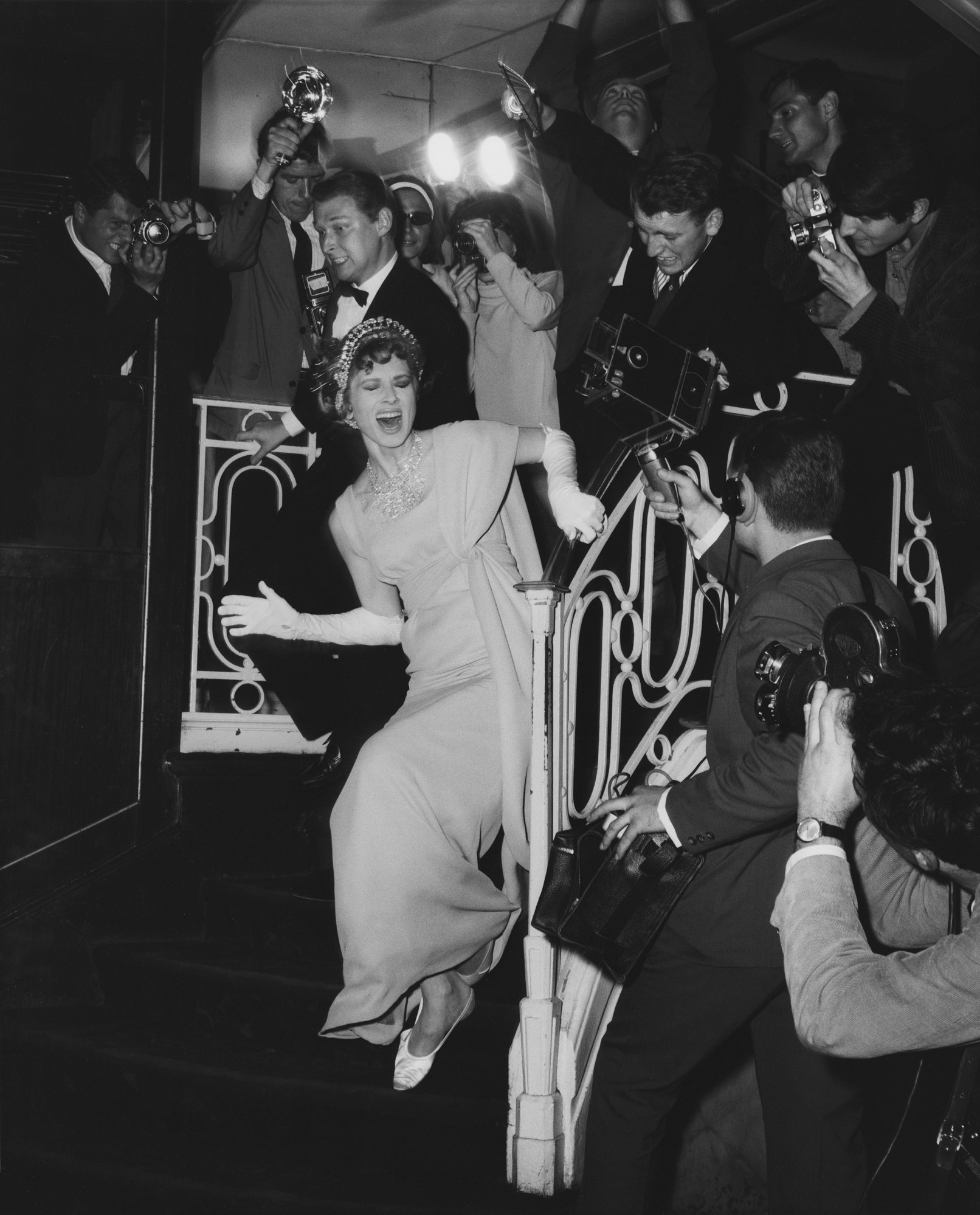
Credited with elevating photography to a contemporary art form, Richard refined his dynamic style of portraiture during the post-war boom of the 50s and 60s. It’s no secret the photographer possessed a natural charisma, making his once-stiff subjects feel instantly comfortable in front of the lens, but he also had an eye for evocative storytelling. When asked to speak about his favorite image, fashion photographer Ethan James Green chose one of Richard’s most innovative — a 1962 editorial from Harper’s Bazaar showing supermodel Suzy Parker and actor Mike Nichols being chased by paparazzi.
“The first of its kind, [the editorial] expanded the possibility for a narrative fashion story while setting a standard for originality and brilliance,” Ethan says. With an obvious nod to the source material, the duo recreated scandalous press photos of Elizabeth Taylor and Richard Burton, who were entangled in an extramarital affair while filming Cleopatra in 1961. “I would argue it became the blueprint for much of what would follow, most notably equaled only in the pages of Vogue Italia.”
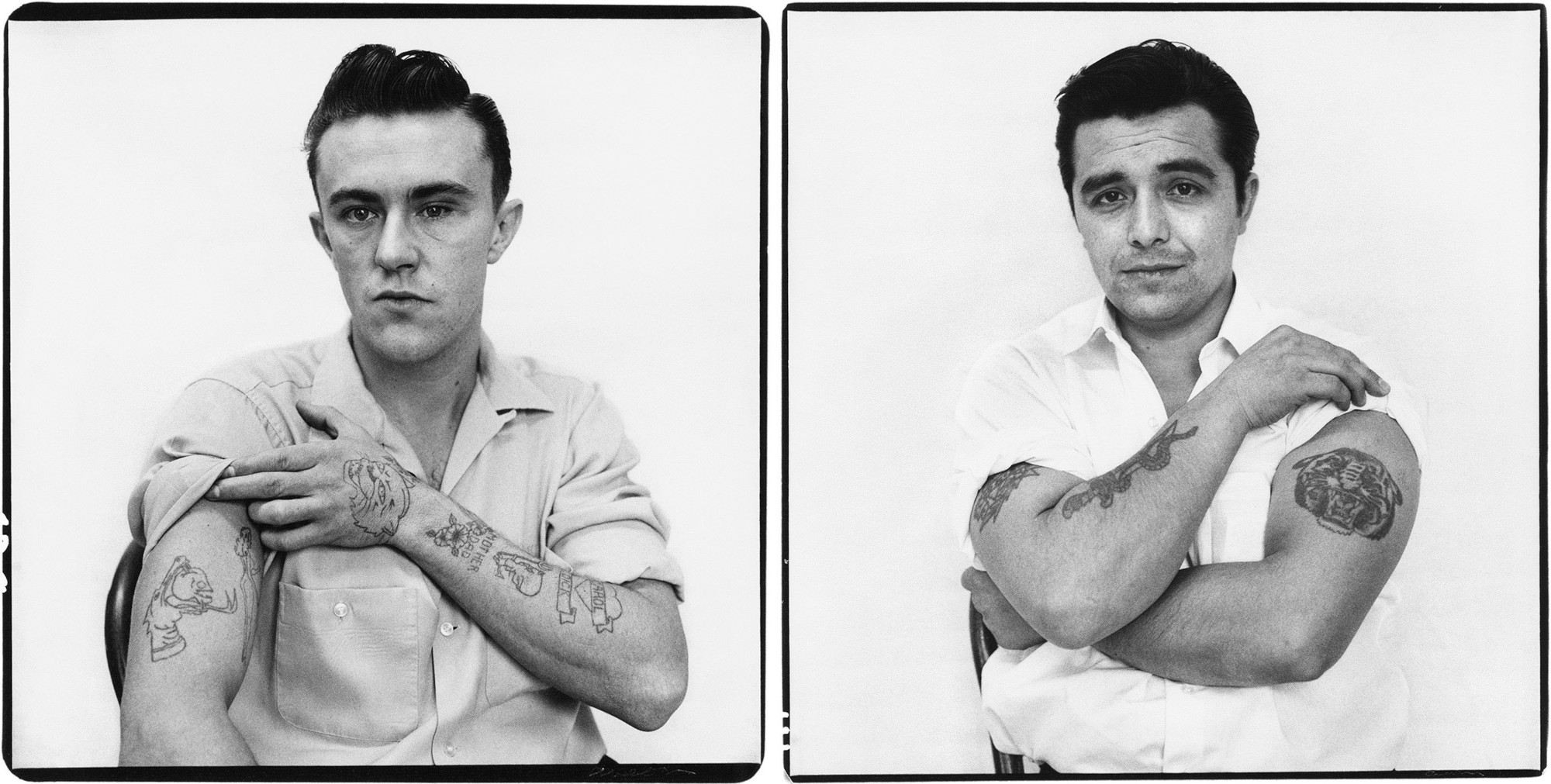
His interests stretched beyond the fashion sphere as well, from poignant photographs of civil rights protests across America to when Richard visited Kansas in 1960 to capture Perry Smith and Dick Hickock, the murderers brought to national fame by Truman Capote’s true-crime book, In Cold Blood. Flaunting their tattooed biceps with rolled-up sleeves, both men maintain a lost, childlike gaze, and the scene seems surprisingly intimate, given the circumstances. “Is it unseemly to attach the quality of ‘tenderness’ to pictures of two murderers?” photographer Jack Pierson asks. “Is it furthermore unseemly to ascribe that quality of tenderness to most, if not all of the output of perhaps the greatest photographer who ever lived? Is there an argument for that not being the case?”
One of Richard’s strongest assets was his ability to recognize what certain people represented in the public imagination. In one photo of Ezra Pound, shot in 1958, the same year the poet was released from a psychiatric facility, the subject shuts his eyes tightly in what could be either a moment of sorrow, deep contemplation, or maybe even both. As photographer Sally Mann points out, this intentional vagueness, leaving room for differing interpretations, is what makes the photo so moving. “We can never know what this wounded, bitter, and confused man was feeling,” she says. “And the unknowing, the question, the gift of ambiguity is what Avedon bestows on the viewer.”

A fuzzy portrait of Malcolm X snapped in 1973 also illustrates how Richard’s work delved beyond the visible confines of the camera, in what photographer Awol Erizku sees as an attempt to convey the activist’s polarizing reputation at the time. “Considering the fact that this particular portrait was made in the midst of the most tumultuous and divisive decade in the world and American history, marked by the civil rights movement, the Vietnam War, political assassinations, and the emerging ‘generation gap,’ I have a strong conviction Avedon was aiming to capture the spirit of Malcolm X and not just his image,” Awol says. “Despite Avedon’s technical and conceptual intentions with this image, I find this portrait of Malcolm X abstruse and yet inherently compelling.”
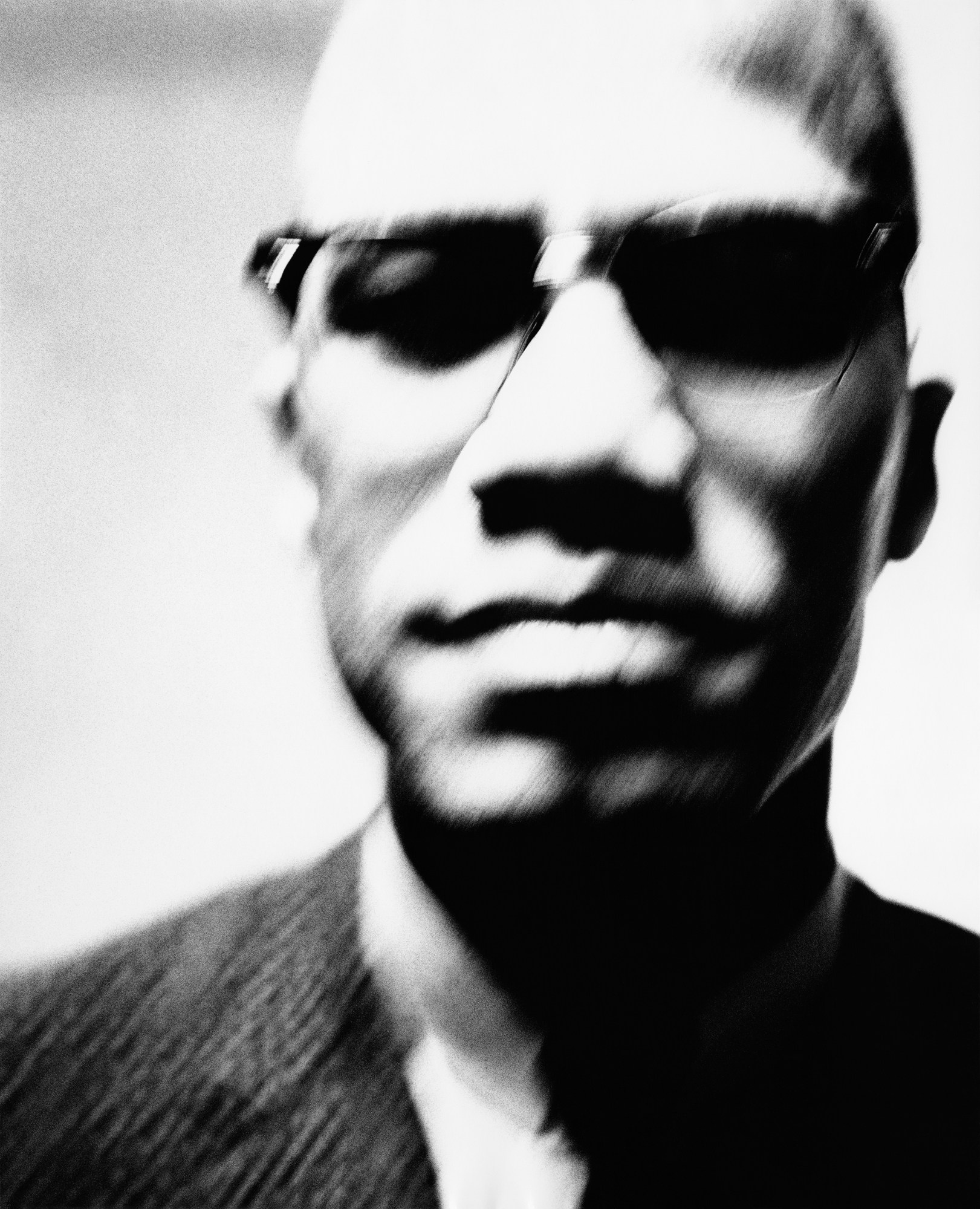
Introducing subsequent generations to the extensive possibilities of film, the photographer moved the medium away from established conventions and encouraged technical experimentation. In Richard’s 1971 photo of the Saigon Mission Council — a group of United States ambassadors, generals, and other policy experts who presided over the war in Vietnam — the men stand side by side as if posing for a police lineup, every figure enlarged across a nearly 10-foot panel. “While the other large images done at the same time were of less interest to me, these ordinary-looking but politically powerful men, despite Avedon’s best efforts to draw them in, assert their distance from the photographer,” remarks artist and photographer Jeff Walls. “That hint of the monumentality of the ordinary was the living element for me.”

Before his death in 2004, Richard captured actress Charlize Theron and director Patty Jenkins together for the release of their new film, Monster, based on serial killer Aileen Wuornos. The resulting image, chosen by photographer Amy Arbus, depicts the duo in striking contrast. “Avedon photographed the women as polar opposites: naked and dressed, light and dark, in flux and completely still,” Amy explains. “Patty is staring intently at Charlize as if to determine how to sculpt her into her muse. Charlize is gazing breathlessly toward the camera as though she were transitioning into her character.”
Only a real connoisseur could encapsulate all that in one image, as Amy notes. This is yet another reason why Richard’s legacy lives on in the minds of industry tastemakers and everyday people alike, many of whom, whether knowingly or not, continue to find themselves faced with the ubiquity of his influence. “Many photographers have perfected the art of storytelling with pictures,” she says. “But it takes a master like Avedon to do a photo essay in a single frame.”
‘Avedon 100’ is on view at Gagosian Gallery until 7 July 2023 & the book is available for pre-order through the Gagosian Shop.
This article was originally published on 4 May 2023 and has since been updated.
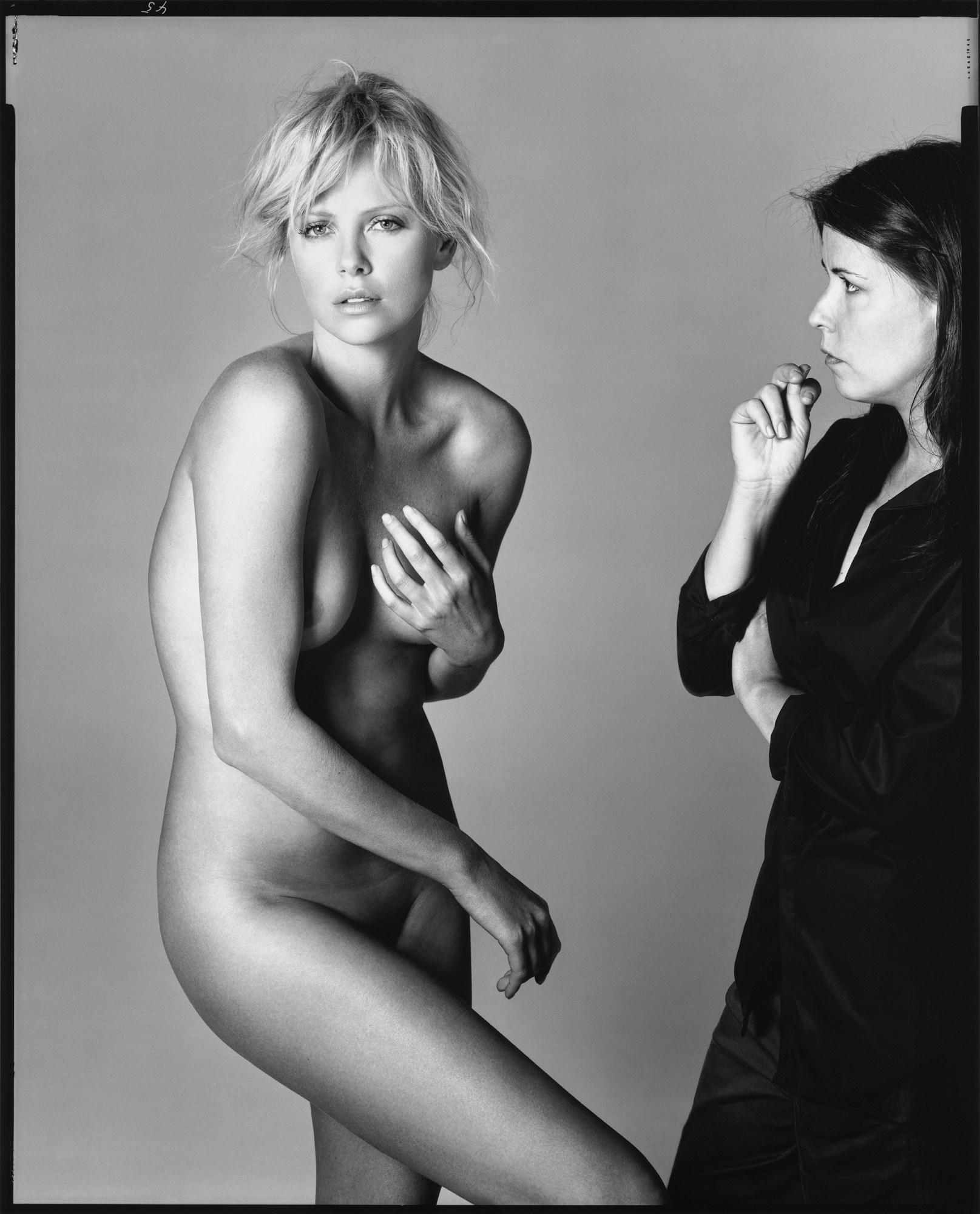
Credits
Photograph(s) by Richard Avedon © The Richard Avedon Foundation
